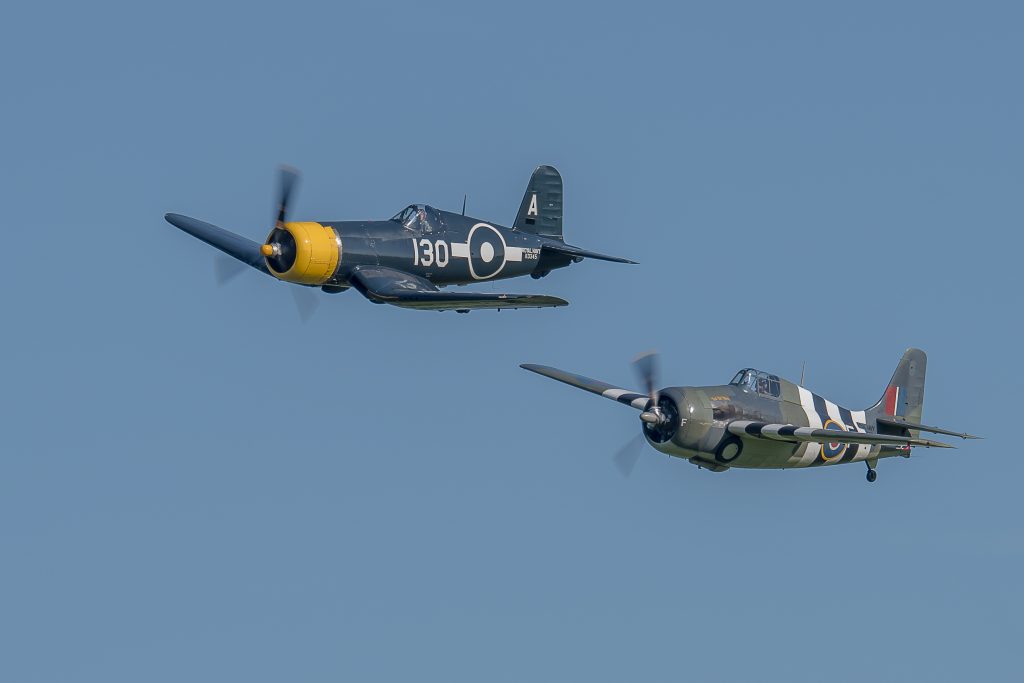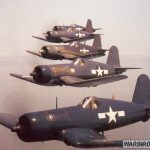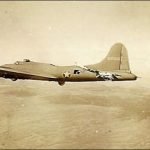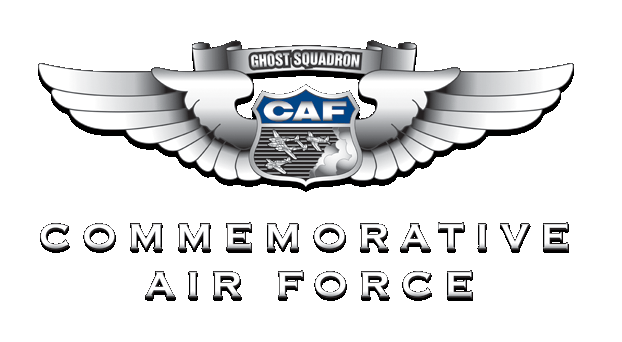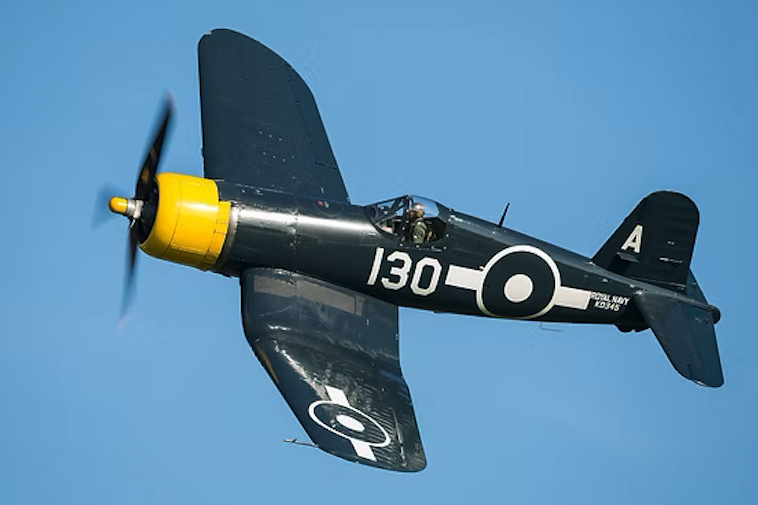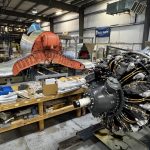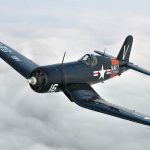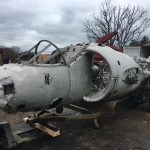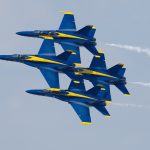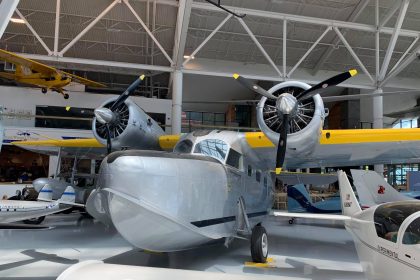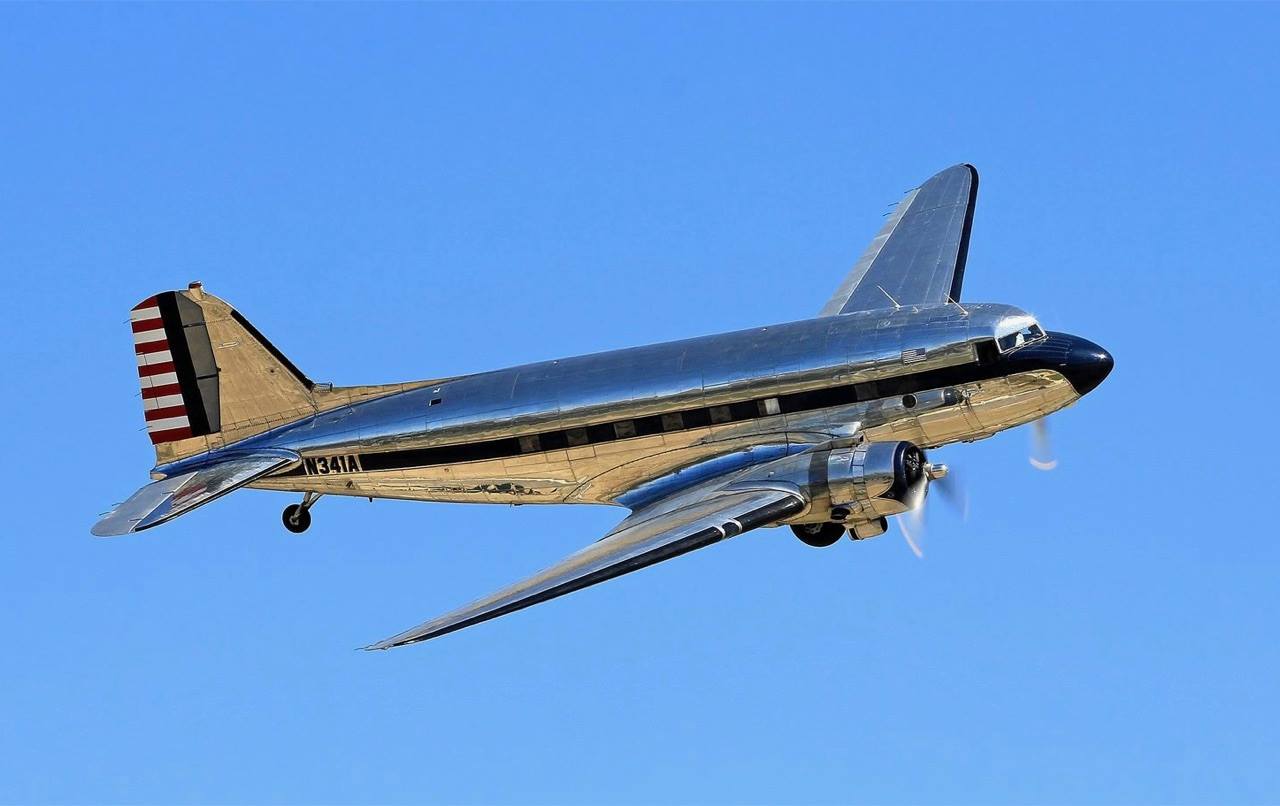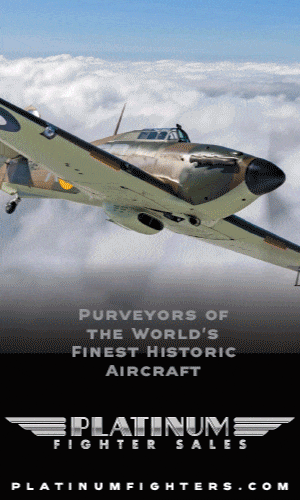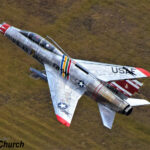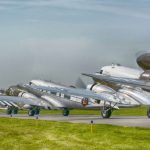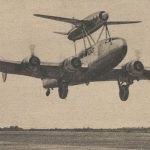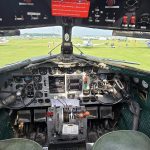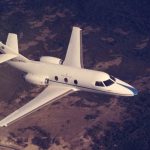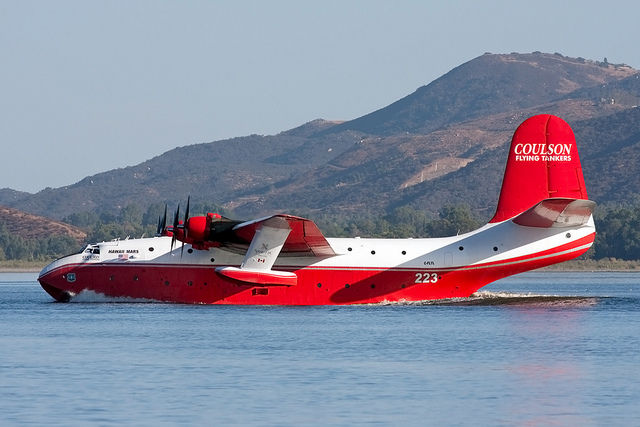In a bittersweet moment for vintage aviation enthusiasts in the UK, one historic aircraft arrives (P-51D Mustang ‘Moonbeam McSwine’) while another departs. Through reliable sources, it has been confirmed that the FG-1D Corsair, known as KD345, is heading back to the United States. While the identity of the new owner remains undisclosed, it is known that the aircraft will now be based in Alabama.
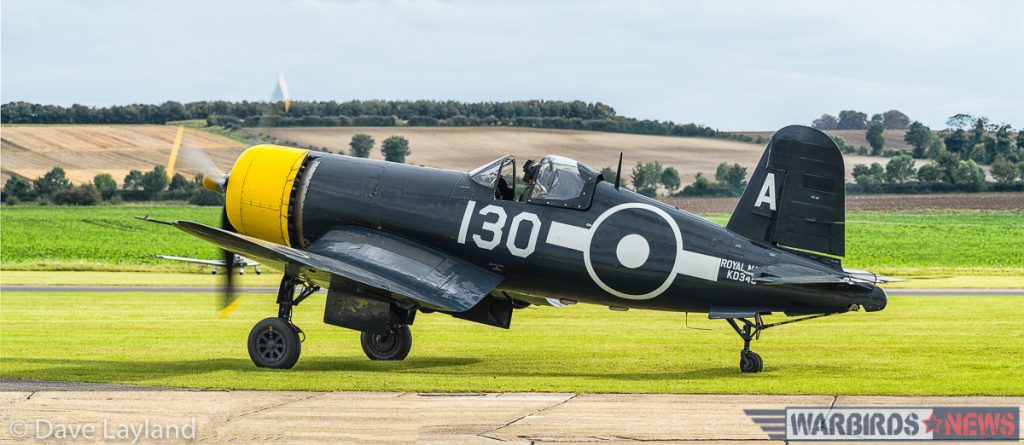
Originally introduced in 1940, the Chance Vought FG-1D Corsair was a revolutionary design, featuring the most powerful engine and largest diameter propeller of any fighter aircraft at the time. This potent combination made it the first single-engine fighter capable of exceeding 400 mph. The Corsair’s production continued until 1952, giving it the longest production run of any American piston-engined fighter. The Corsair first saw combat with the US Marine Corps, flying from remote land bases in the Pacific. It wasn’t until later that the aircraft operated from carriers—initially with the British Fleet Air Arm. Renowned for its performance, the Corsair earned its place in aviation history as a dominant air superiority fighter during World War II and continued to prove its worth during the Korean War.
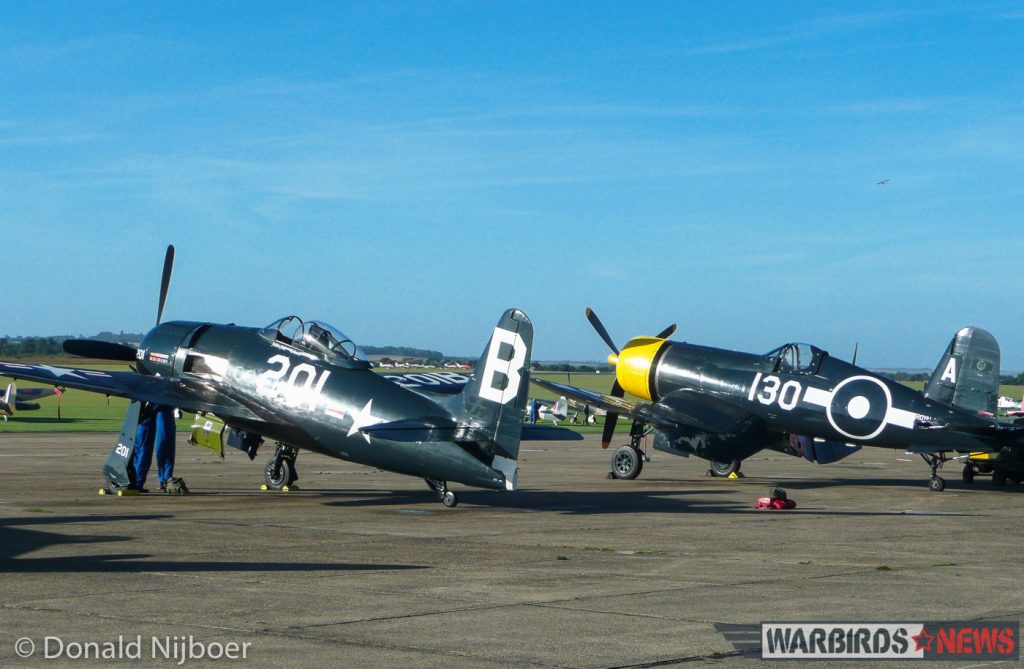
This particular Corsair was built under license by the Goodyear Aircraft Corporation in Akron, Ohio, and assigned Bureau Number 88297. Accepted by the US Navy on April 9, 1945, she was delivered just two days later and sent to Guam with Aircraft Pool Airwing 2. Later that year, she underwent repairs in the Philippines—likely at a depot in Samar—before being returned to the United States. Following her active duty, the Corsair was assigned to various US Naval Air Reserve squadrons and spent time in storage before being declared surplus in March 1956, having accumulated 1,652 flight hours.
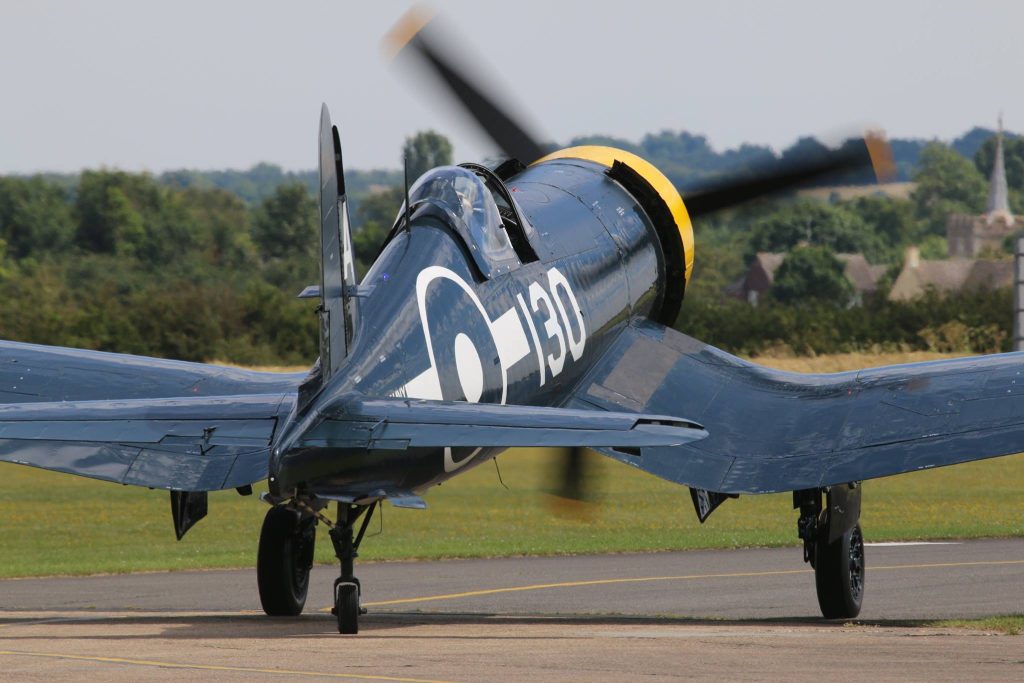
In January 1959, the aircraft was acquired by ALU-MET Smelters and left to deteriorate in a scrap yard until rescued in 1960 by legendary stunt pilot Frank Tallman, who later described her as his favorite aircraft in his book The Great Planes. After parting with the Corsair in 1966, she passed through a series of civilian owners before joining The Fighter Collection at Duxford in 1986.

What makes this Corsair especially significant is its remarkable originality. Never restored, it remains one of the few airworthy Corsairs still flying with fabric-covered wings. It is currently painted in the livery of a British Fleet Air Arm aircraft—KD345 of 1850 Squadron—depicting its service aboard HMS Vengeance in December 1945 as part of the British Pacific Fleet. While her departure from the UK marks the end of an era, Corsair KD345 is poised to begin an exciting new chapter in the skies over Alabama.
